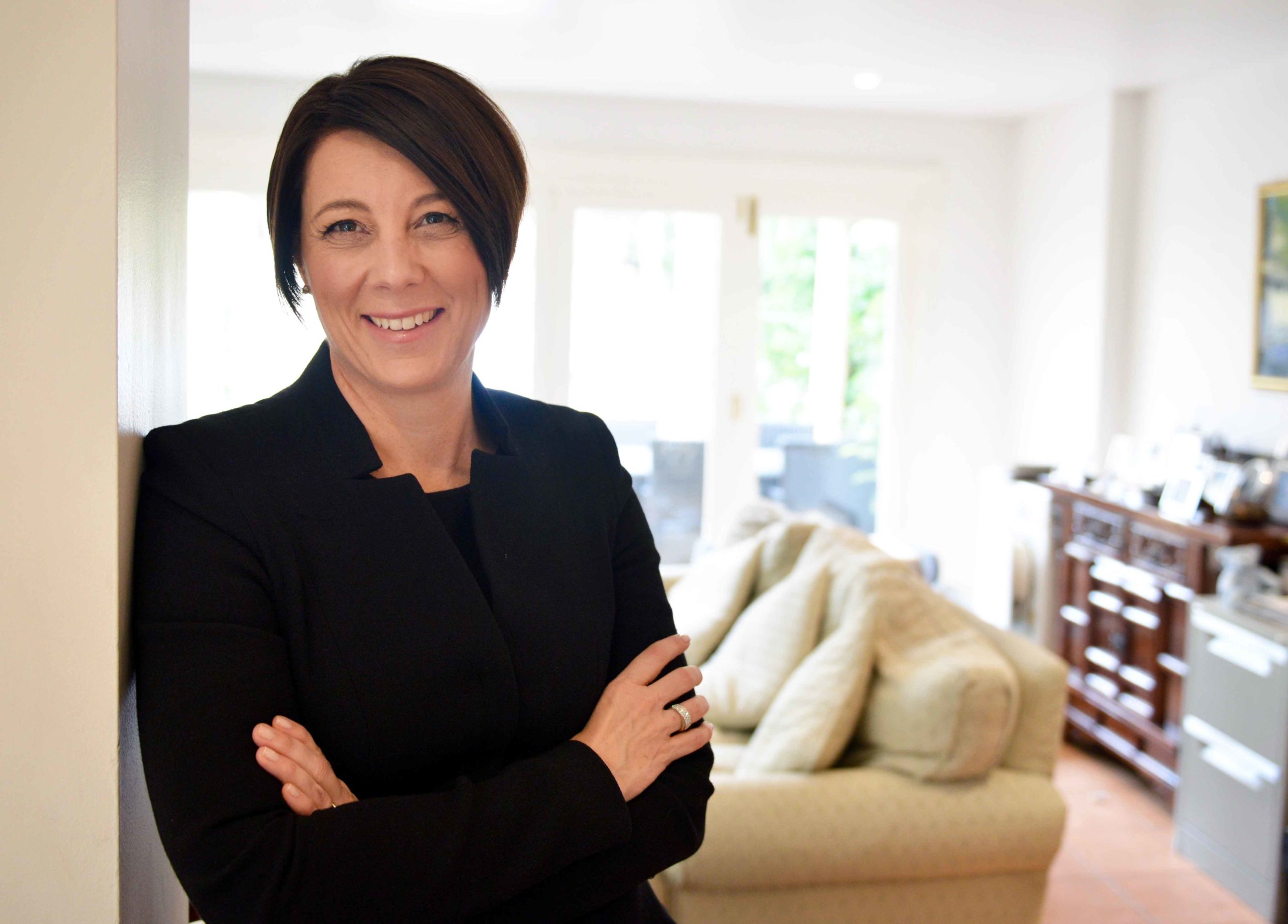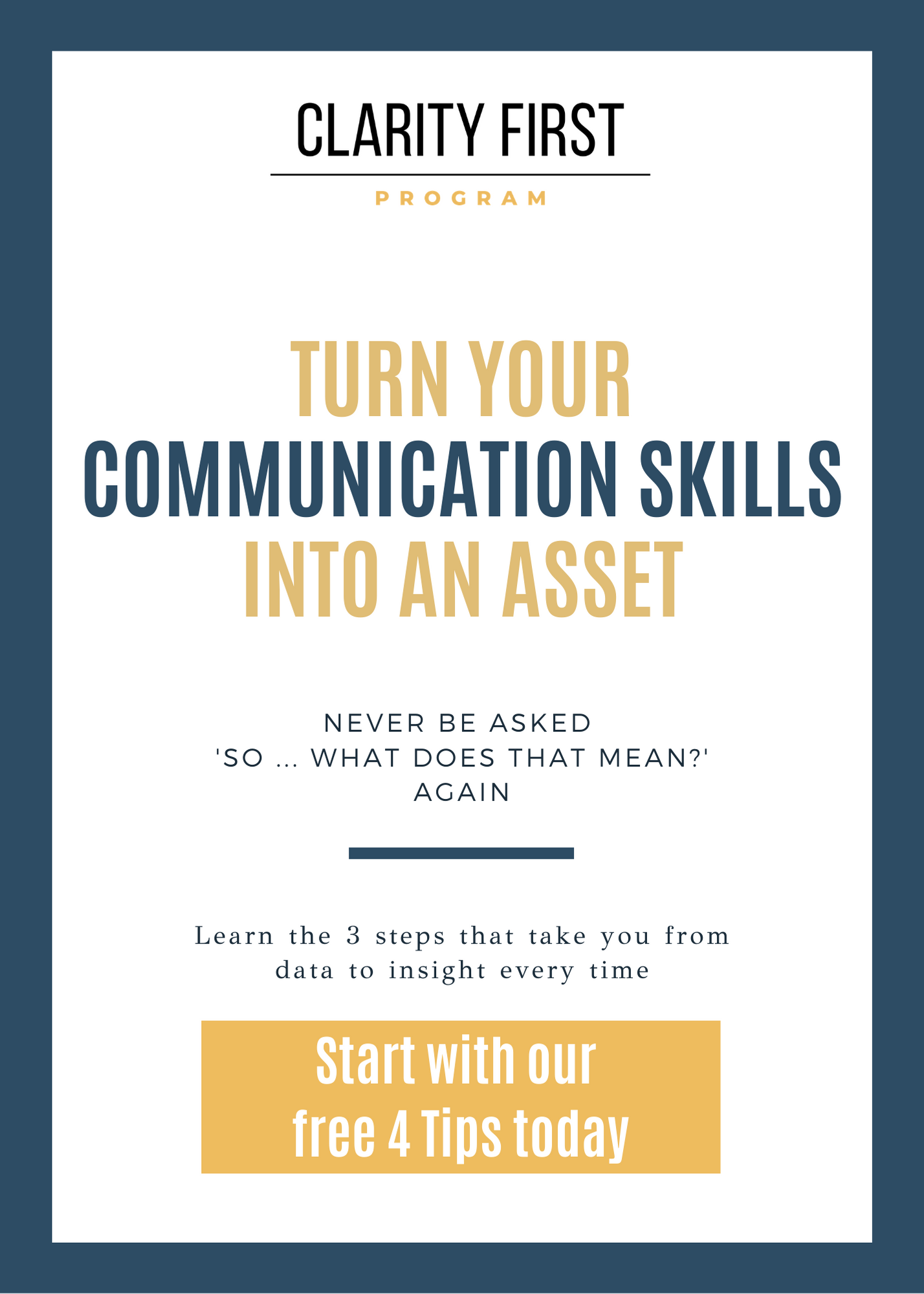TLDR. Developing strategies is hard. Structured thinking can help.
Two of this week's coaching sessions shone a very bright light on how structured thinking is about much more than ‘putting words on a page'.
It's also about clarifying those ideas in the first place.
Today I'll focus on how you can use a structured message map rather than how you build one.
Let me give you the high level story first and then explain by way of example.
- Pyramid Principle is a tool for mapping ideas, which can also be described as a ‘thinking machine'.
- The structured thinking rules that make the ‘machine' work provide an opportunity to use storylines to develop our strategies, not just describe them.
Pyramid Principle is a tool for mapping your ideas, which can also be described as a thinking machine.
One of my old colleagues went so far as to call it an ‘insight engine'.
This is true if we test whether our ideas are organised according to the structured thinking ‘rules'.
If they don't, we can use the rules to work out what is wrong and to strengthen or replace the ‘misfit' ideas.
This both pushes and guides us so we think harder and communicate more impactfully.
In the classic sense, we can structure our messaging to prepare communication so it engages our audiences better.
The structured thinking rules that make the ‘machine' work provide an opportunity to use storylines to develop our strategies, not just describe them. This can be particularly effective when we collaborate with our colleagues.
This is where this week's coaching comes in.
In both sessions, we prepared a story that participants would deliver to their senior leadership in our final workshop.
The stories needed to be practical and focus on real-life problems that were substantive enough to engage their leaders.
The challenge for these two groups was that they were not in the midst of a natural paper cycle, and so didn't have anything big enough to share.
Our solution was to use our coaching session to structure a communication for a solution, even though they had yet to identify that solution.
In one case, the team developed a strategy to fine-tune their recent organisational transformation to agile ways of working.
In the other, they did two things. They
- developed a new business case template that enabled them to convey their case in two pages rather than the eight that the previous template had required.
- pitched and gained approval for the new template from their Tribe lead and CEO in the final workshop
It worked a treat. I thought these were great examples of how thinking through a ‘communication' was much more than that.
In both sessions we developed new strategies to solve new problems while practicing our ‘communication skills'.
Structuring your messaging has a deeper purpose, which you can take advantage of once you really lean into the Pyramid Principle's rules.
I hope that helps.
Kind regards,
Davina
PS – To learn more, try my free 10 Minutes to Better Emails course, or check out my latest books.

PRESENTED BY DAVINA STANLEY
I love what I do.
I help senior leaders and their teams prepare high-quality papers and presentations in a fraction of the time.
This involves 'nailing' the message that will quickly engage decision makers in the required outcome.
I leverage 25+ years' experience including
- learning structured thinking techniques at McKinsey in Hong Kong in the mid 1990s before coaching and training their teams globally as a freelancer for a further 15 years
- being approved to teach the Pyramid Principle by Barbara Minto in 2009
- helping CEOs, C-suite leaders and their reports deeply understand their stakeholder needs and communicate accordingly
- seeing leaders cut the number of times they review major papers by ~30% and teams cut the amount of time they take to prepare major papers by ~20%*
- watching senior meetings focus on substantive discussions and better decisions rather than trying to clarify the issue
My approach helps anyone who needs to engage senior leaders and Boards.
Recent clients include 7Eleven, KPMG, Mercer, Meta, Woolworths.
Learn more at www.clarityfirstprogram.com
(*) Numbers are based on 2023 client benchmarking results.


